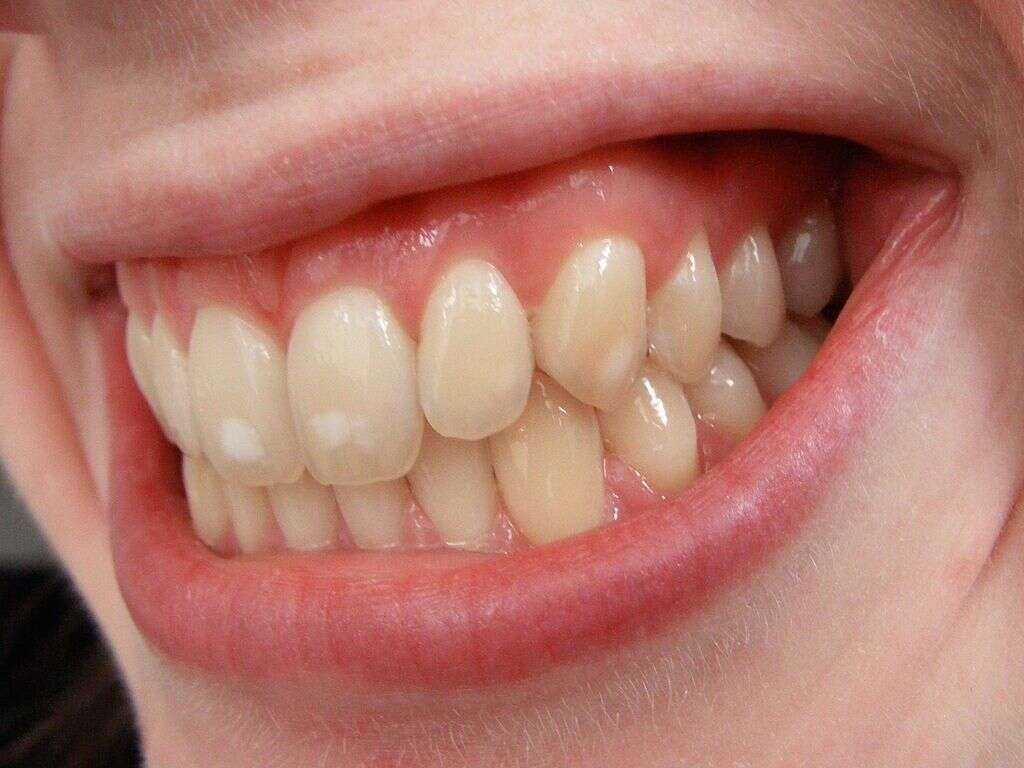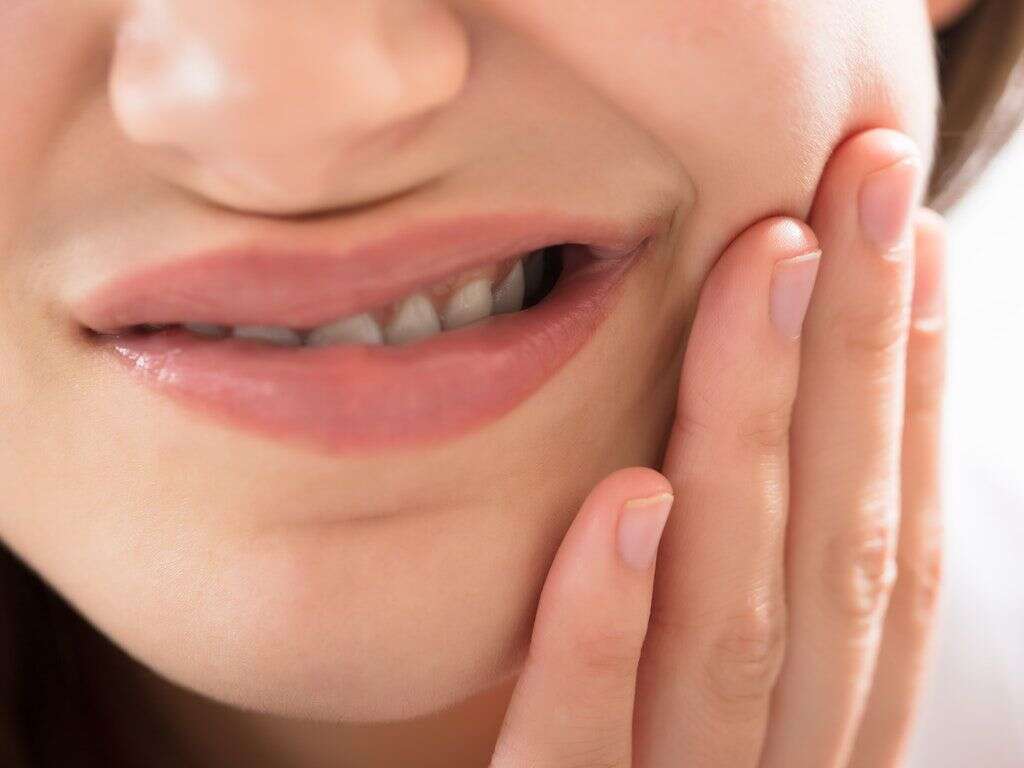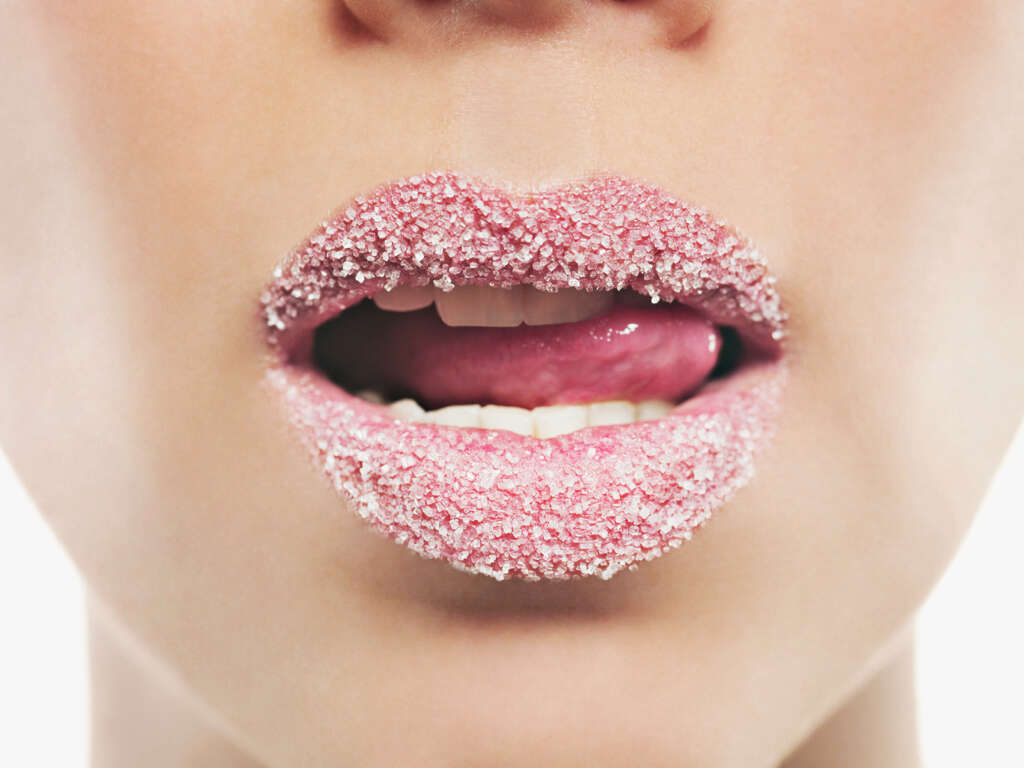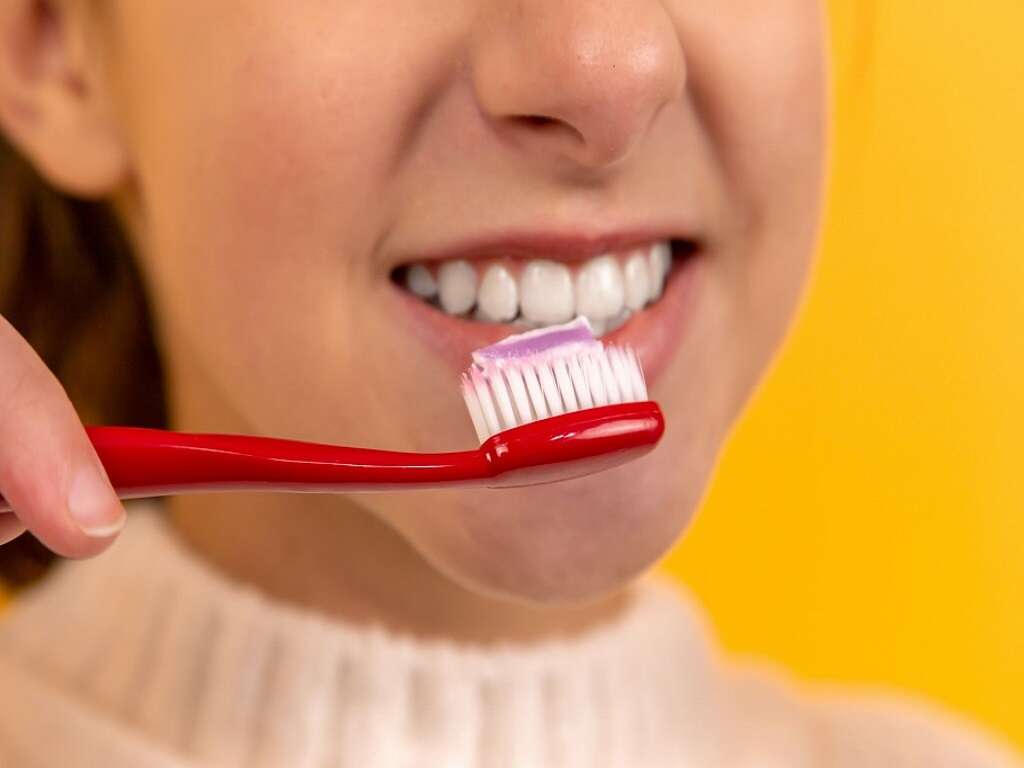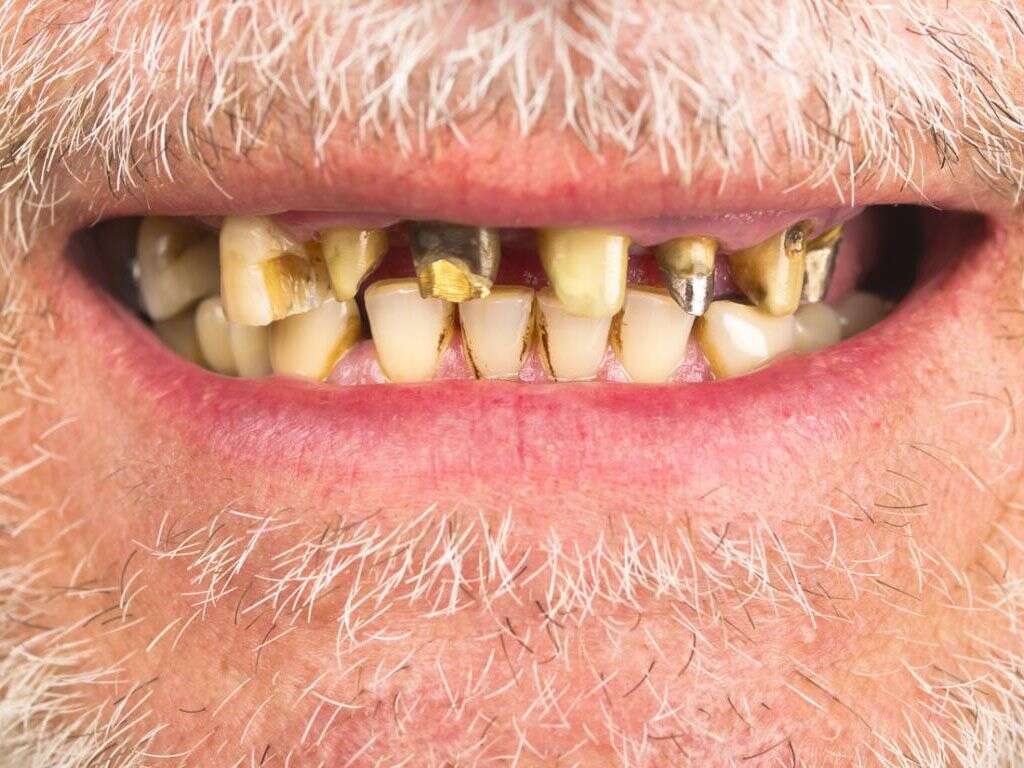10 Dry Socket Symptoms
The thought of a trip to the dentist can be enough to cause some people sleepless nights. While it would have been a very painful experience in the past, practices and modern equipment now mean that it is not nearly as painful as it used to be. Simple procedures such as tooth extractions are also fairly straightforward, but things don’t always go to plan.
When a tooth is removed, it is usual for blood to clot in the remaining socket. This helps prevent more blood from leaking out and it also helps to protect the bone and tissue beneath while the wound heals.
However, this blood clot can sometimes be dislodged from the socket, leaving the wound below exposed. This can cause some unwelcome symptoms, some of which are listed below.

Symptom #1: Swollen Neck Glands
Located in our neck is what is known as lymph nodes. These play an important part of the immune system and help to filter pathogens and toxins from the blood. They also serve as a kind of base from which white blood cells can be deployed if needed.
In the case of an infection, the lymph nodes can begin working overtime to help deal with the threat, and this can cause them to be swollen. A dry socket is not necessarily an infection, but the condition may still result in swollen lymph glands in a few cases. The symptom is not dangerous in itself and will likely pass once the dry socket is dealt with.

Symptom #2: Throbbing Pain
The bones in our mouths and elsewhere in our body are usually well tucked away behind flesh and skin. As such, we don’t usually feel them, but we will soon notice they are there when something goes wrong. One of the symptoms that help to give away a dry socket is the pain that the condition can cause.
Patients with a dry socket will often experience a throbbing pain in the jaw. At first it might just be mistaken as a symptom of having the tooth removed, which is known to be painful regardless. The pain will increase with severity, however, and it can end up being excruciating for the patient.

Symptom #3: Pain Spreads
With injuries often comes pain. The pain can often be unbearable, but it will usually at least stay at the location where the injury occurred. Not all pains are the same, though, and some can radiate out to other parts of the body. A dry socket is not an injury as such, but the patient might find that the pain begins to spread.
Patients with the condition can find that the pain spreads from the jaw to the eyes, ears, neck, and temple. The pain can be very difficult to bear and it will likely be on the same side as the affected socket. If the pain is too unbearable, then a dentist may be able to prescribe something for the pain.

Symptom #4: Fever
When we are ill, a fever is often not far away. It is usually a direct response to pathogens in the body as the fever is intended to help kill the intruders, or at least slow down the rate they are spreading. Fevers can be dangerous to us if they reach too high, but they are usually nothing to be concerned about in themselves.
Patients that have a dry socket may experience a fever. It is not a common symptom as a dry socket is not an infection, but a fever can still be found in some cases. If the fever does become more significant, then it is an indicator that a potentially serious infection has taken hold.

Symptom #5: No Blood Clot
Our blood contains cells that are known as platelets. When we are cut or injured in some other way, these platelets, with help from some other compounds, can clump together. This creates a sticky mass that will help plug any holes in the walls of our blood vessels.
This is a phenomenon that we know as clotting and is likely to save our lives on many occasions as it stops us from bleeding out. When you have a tooth removed, it is normal to find a blood clot in the socket; protecting the socket and preventing further bleeding. In cases of a dry socket, this blood clot will be missing.

Symptom #6: Visible Bone
Our bones are there to help provide support for the softer materials in our bodies. Many animals have their skeletons on the outsides of their body and this helps to give them protection. We are too large for that, though, so we have our skeletons on the inside instead.
This means that our bones are usually hidden away out of sight. In cases of a dry socket, however, the bone can be clearly visible, at least with help from a dentist’s mirror. Unfortunately, for the patient, this also means that the nerves are exposed and this can result in some very unpleasant symptoms.
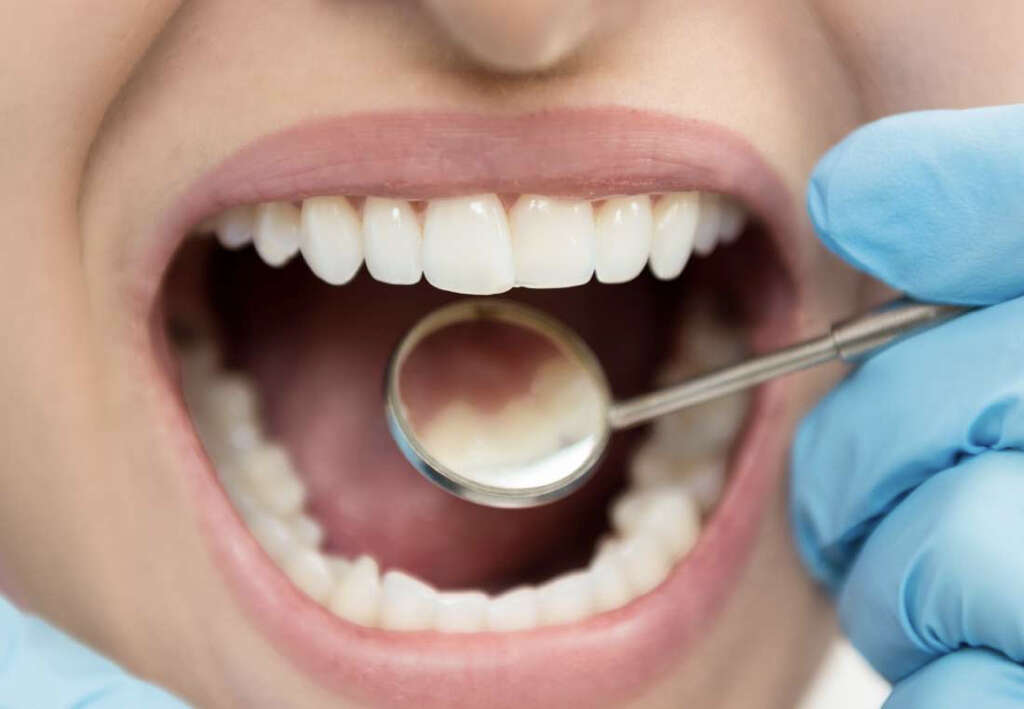
Symptom #7: Inflamed Tissues
The tissues of the gum are quite soft, but they are generally well protected because they are in the mouth. A scratch from sharp food or similar, however, can soon reveal just how sensitive these tissues can be. As such, they can also be prone to inflammation.
While the bone in the socket might otherwise be exposed, it is not always easy to see it. This is often because it is not easy to see clearly into the mouth. However, there is also another potential reason for it: the tissues around the socket can become inflamed and swollen, causing them to cover the hole where the empty socket is.

Symptom #8: Discolored Tissues
Our gums are usually a healthy reddish-pink color. This is largely down to the fact that the blood vessels in the area are so close to the surface, allowing the color of the blood to show through. We can sometimes help identify conditions such as anemia by looking at tissues like the gums.
The process of having a tooth removed is going to cause some damage to the area surrounding the extraction. This damage should only be very minor and will heal within a few days or so. In the case of a dry socket, however, this may not be the case. The tissues may not heal properly, and it can cause them to take on a grayish color.
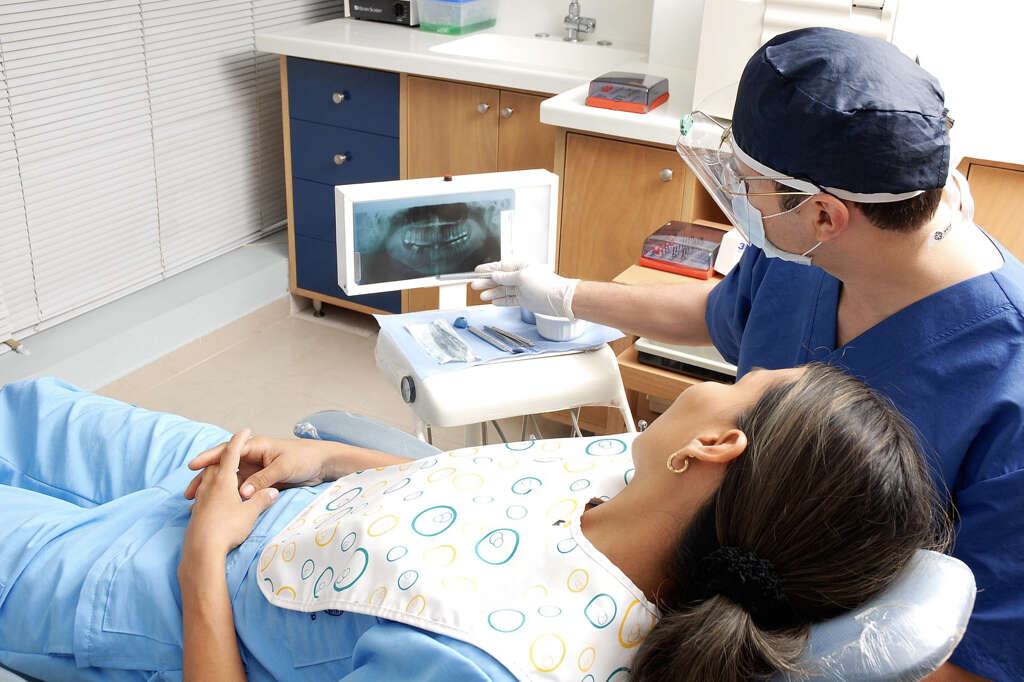
Symptom #9: Unpleasant Taste
We might occasionally eat something that leaves an unpleasant taste in the mouth. It can also be quite difficult to remove it, but thorough rinsing should do the job eventually. Sometimes, though, you might have an unpleasant taste in the mouth that is very difficult to remove indeed.
Patients with a dry socket will often complain that they have a very unpleasant taste in their mouth. This is largely because the socket and exposed bone can lead to the buildup of bacteria in the mouth. The taste should go away completely once the dry socket has been dealt with.
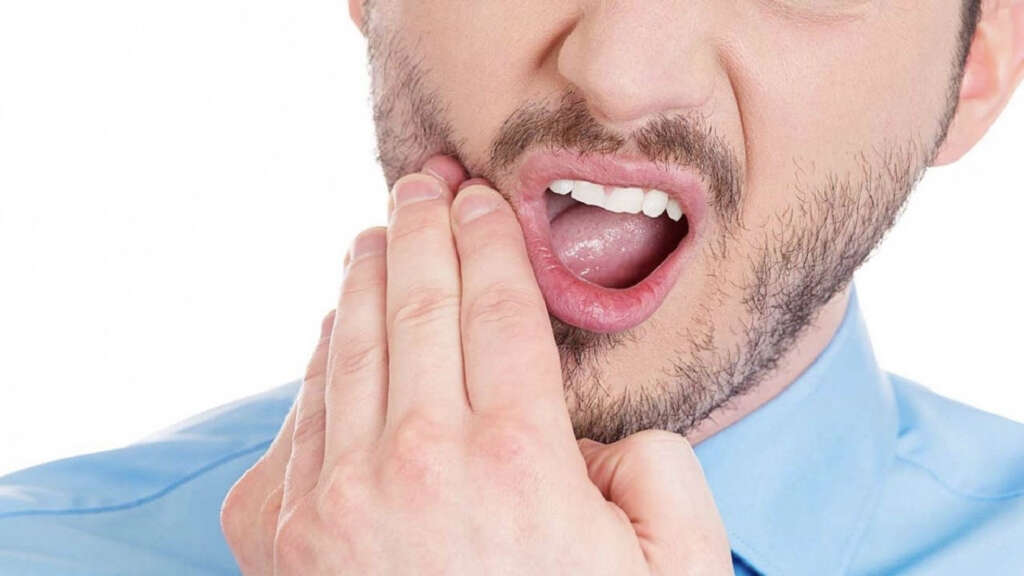
Symptom #10: Bad Breath
Many of us will try to avoid eating certain foods before we go out. Certain foods can directly leave an unpleasant smell on our breath. Other foods can encourage the growth of bacteria in the mouth, and these bacteria will release pungent gases that can give us bad breath. It can be embarrassing, but it is usually quite easy to deal with.
Patients with a dry socket, however, can experience bad breath that is not so easy to deal with. It can be difficult to deal with because the offending bacteria will be located in the empty socket, and this can make it difficult to remove. The good news is that the bad breath will go away once the dry socket has been dealt with.




